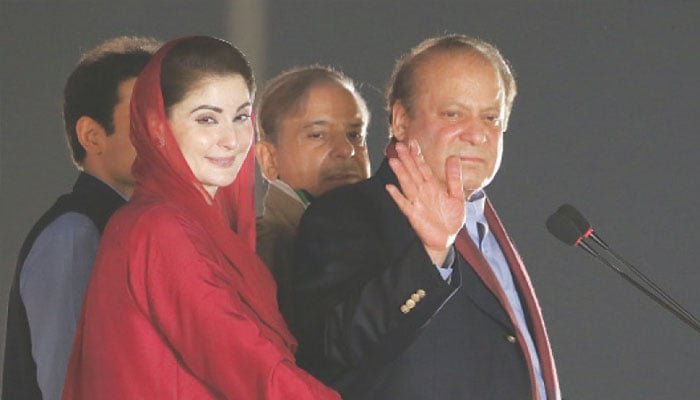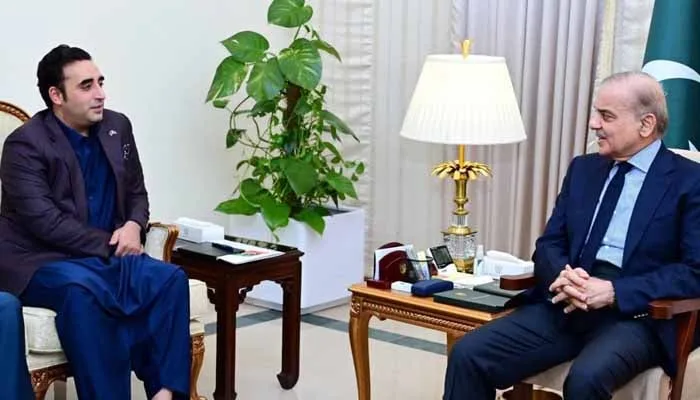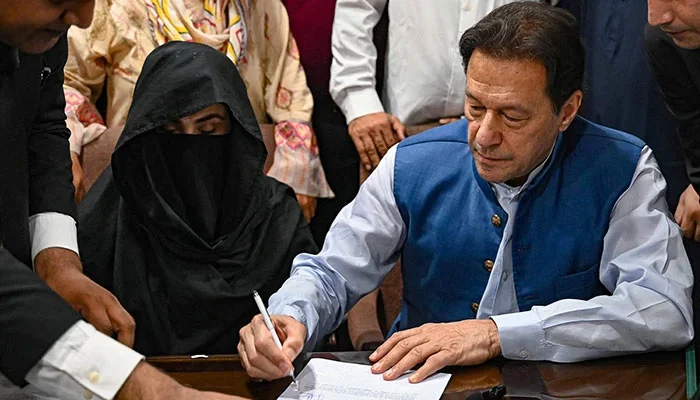Islamabad: The most recent survey results reveal that Nawaz Sharif has emerged as the most popular leader in Punjab, making significant strides in comparison to Imran Khan at the national level.
Nawaz’s popularity at the national level has risen from 36% to a substantial 52%, whereas Imran Khan has experienced a slight decline from 60% to 57%, indicating a notable shift in public sentiment. In Punjab, Siraj-ul-Haq ranks as the third most popular leader, while Bilawal Bhutto secures the fourth position, and Saad Rizvi claims the fifth spot. Notably, all surveyed leaders, including Nawaz Sharif, Fazl-ur-Rehman, and Khawaja Saad Rafique, have witnessed a decline in popularity.
The graphical representation of Nawaz Sharif’s popularity is ascending, while Imran Khan’s graph has been on a downward trajectory since his incarceration. Gallup Pakistan conducted the survey, shedding light on the public’s political mood, suggesting a potential resurgence for the PML-N in Punjab.
The survey also gauged public opinions on the likability of various personalities, comparing results from June of the previous year and December. During this period, shifts in public sentiments indicate that Nawaz Sharif has sustained and augmented his popularity since his return to Pakistan. His national approval has surged from 36% in June 2023 to an impressive 52% in December 2023.
In contrast, Imran Khan’s approval has dipped slightly from 60% to 57%, signaling a tilt in public favor towards Nawaz Sharif. This suggests that Nawaz Sharif is gaining traction for a potential return to power in the future.
Despite being the most popular leader at the national level, Imran Khan’s popularity seems to be on a declining trend, while Nawaz Sharif’s approval rate continues to rise. This indicates a potential success for Nawaz Sharif in forming the next government.
Looking at the key provinces critical in deciding the future Prime Minister, Nawaz Sharif’s score surpasses that of Imran Khan in Punjab. The significance of this survey lies in the potential impact on the parties’ abilities to secure seats in the upcoming elections.
The survey also reveals a narrow 2% difference between the PTI and PML-N at the national level, hinting at a close contest if elections were held today. This slim margin, compared to the previous 2018 elections where PTI secured 36% and PML-N 35% of the votes, suggests an intensely competitive political landscape in Punjab.
In Khyber Pakhtunkhwa, PTI’s popularity has surged from 37% in 2018 to an impressive 45% in 2024. However, JUI-F, PML-N, ANP, and PPP trail with 15%, 9%, and 7% respectively, indicating a substantial lead for PTI in the region.
Southern Khyber Pakhtunkhwa and Hazara regions, where JUI-F and PML-N have formed an alliance, may pose a challenge for PTI. In Multan, the stronghold of both ANP and PPP, a similar scenario is anticipated, highlighting the significance of these alliances in the political landscape.



